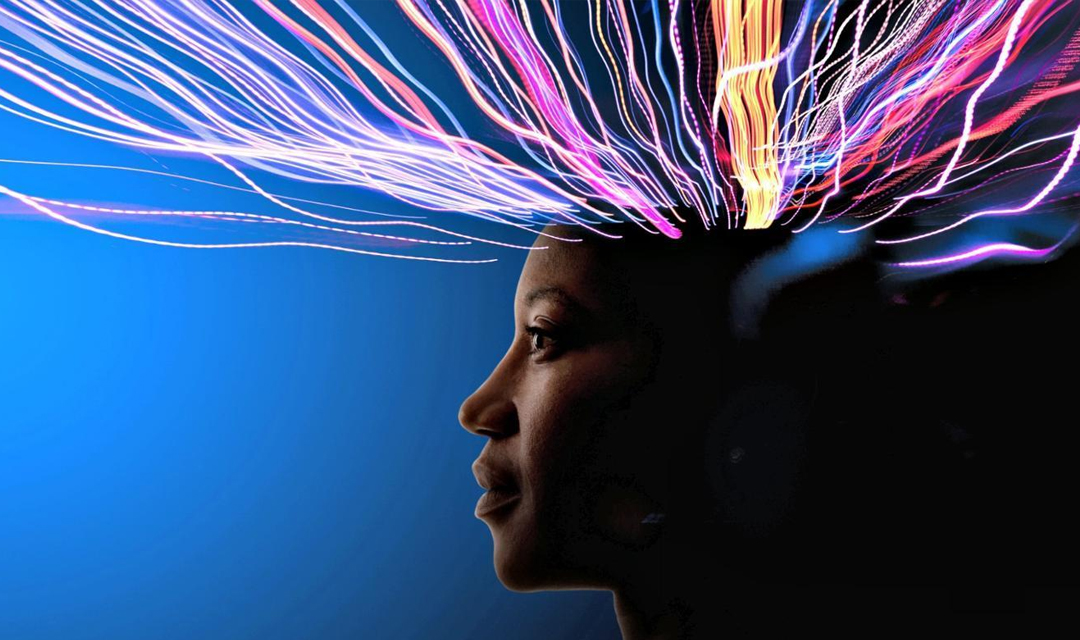Scientists once thought the brain stopped developing after the first few years of life. But new research has shown that the brain can form new neural pathways and create neurons even in adulthood (Neuroplasticity and Neurogenesis).
Exercise for 30 minutes per day or meditation stimulates the production of new synapses; eating foods rich in flavonoids (cocoa and blueberries) and antioxidants (green tea) also helps with brain growth. In addition to these, here are ten proven ways to promote neurogenesis and neuroplasticity in your brain:
1. Intermittent fasting
Calorie-restriction/fasting increases synaptic plasticity, promotes neuron growth, decreases risk of neurodegenerative diseases, and improves cognitive function according to the Society for Neuroscience.
During fasting, a metabolic shift lowers the body’s leptin levels, a hormone produced by fat. As a result, the brain receives a chemical signal for neurons to produce more energy.
Popular methods include: fasting one day per week, for an entire 24-hour period; a 16-hour fast — having your last meal at 8pm and breaking your fast at lunch (12pm) the next day; the “5-2” model — five days of regular eating and two days (non-consecutive) of calorie-restricted eating in a week (between 400-600 calories).
2. Travel
Traveling promotes neurogenesis by exposing your brain to new, novel, and complex environments. Paul Nussbaum, a neuropsychologist from the University of Pittsburgh explains, “Those new and challenging situations cause the brain to sprout dendrites.”
You don’t need to travel across the world to reap these benefits either; taking a weekend road trip to a different city gives your brain the same stimulation.
3. Use mnemonic devices
Memory training promotes connectivity in your brain’s prefrontal parietal network and can slow memory loss with age. Mnemonic devices are a form of memory training that combines visualization, imagery, spatial navigation, and rhythm and melody.
A popular technique is known as the Method of Loci (MoL). Explained by Scientific American: It involves visualizing a familiar route — through a building, your home, or your way to work — and placing items to be remembered at attention-grabbing spots along the way. The more bizarre you make these images, the better you will recall them later. By simply retracing your steps, like a fishing line, you will “pull up” items to the surface. Along with objects, numbers, and names, this method has helped people with depression store happy memories that they can retrieve in times of stress.
Begin using mnemonic techniques and engage in memory training; start working on remembering names, scriptures, or poems. Here are some mnemonic techniques to get you started.
4. Learn an instrument
Brain scans on musicians show heightened connectivity between brain regions. Neuroscientists explain that playing a musical instrument is an intense, multi-sensory experience. The association of motor actions with specific sounds and visual patterns leads to the formation of new neural networks.
If you’ve always wanted to learn an instrument, consider brain growth as a motivator to get you started.
5. Non-dominant hand exercises
Using your non-dominant hand to do simple tasks such as brushing your teeth, texting, or stirring your coffee/tea can help you form new neural pathways. These cognitive exercises, also known as “neurobics,” strengthen connectivity between your brain cells. “It’s like having more cell towers in your brain to send messages along. The more cell towers you have, the fewer missed calls,” explains Dr. P. Murali Doraiswamy, chief of biological psychiatry at Duke University Medical Center.
Studies have also shown that non-dominant hand activities improves your emotional health and impulse control. Switch hands with simple tasks to give you brain a workout.
6. Read Fiction
A study conducted over 19 consecutive days by Emory University showed increased and ongoing connectivity in the brains of participants after they all read the same novel. Researcher Gregory Berns, noted “Even though the participants were not actually reading the novel while they were in the scanner, they retained this heightened connectivity.”
Enhanced brain activity was observed in the region that controls physical sensations and movement systems. Berns explains that reading a novel “can transport you into the body of the protagonist.” This ability to shift into another mental state is a crucial skill for mastering the complex social relationships. Add some novels to your reading list for these extra brain benefits.
7. Expand your vocabulary
Learning new words activates the brain’s visual and auditory processes (seeing and hearing a word) and memory processing. A small vocabulary is linked with poor cognitive efficiency in children, while an expansive vocabulary is an indicator of student success.
Learn one new word each day to expand your vocabulary and give your brain a workout. Use apps or online courses to make it fun.
8. Create artwork
In a journal article titled, “How Art Changes Your Brain,” participants in a 10-week art course (a two hour session, one day per week) showed enhanced connectivity of the brain at a resting state known as the “default mode network” (DMN). The DMN influences mental processes such as introspection, memory, and empathy. Engaging in art also strengthens the neural pathway that controls attention and focus.
Whether it’s creating mosaics, jewelry, pottery, painting, or drawing, the combination of motor and cognitive processing will promote better brain connectivity. Join a local art class; just once a week will help your brain grow.
9. Hit the dancefloor
Not many of us would think of dancing as a “decision-making process,” but that’s the reason why it’s healthy for your brain. Especially free-style dancing and forms that don’t retrace memorized paths. Researchers compared the effectiveness of cognitive activities in warding off Alzheimer’s and dementia and found that dancing had the greatest effect (76% risk reduction); higher than doing crossword puzzles at least four days a week (47%) and reading (35%).
Dancing increases neural connectivity because it forces you to integrate several brain functions at once —kinesthetic, rational, musical, and emotional. If you’re dancing with a partner, learning both “Lead” and “Follow” roles will increase your cognitive stimulation.
10. Sleep
Studies from NYU showed that sleep helps learning retention with the growth of dendritic spines, the tiny protrusions that connect brain cells and facilitates the passage of information across synapses.
Aim for 7-8 hours of sleep each night. If you’re struggling to get a consistently good sleep, try creating a nightly ritual; going to bed at the same time; drinking some sleep-inducing tea; or making your room as dark as possible.

If you enjoyed this post, feel free to share it with your friends and family. After all, sharing is caring!
Author: Thai Nguyen
Thai is a perpetual student and teacher. He enjoys sharing everything he learns on The Utopian Life.














